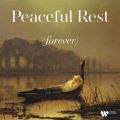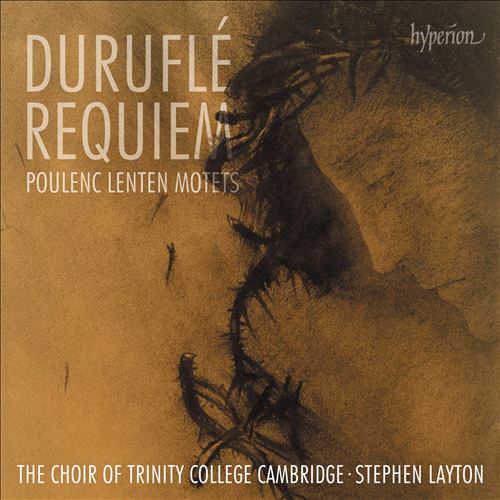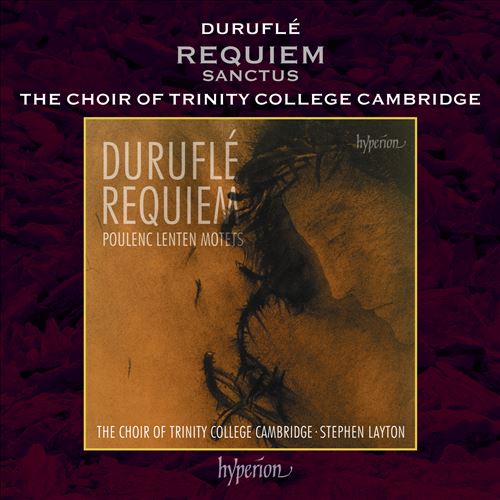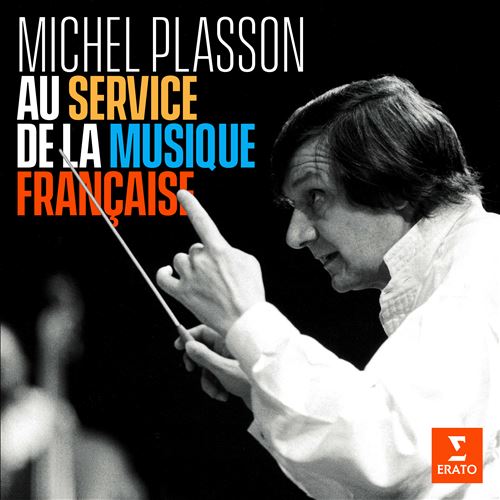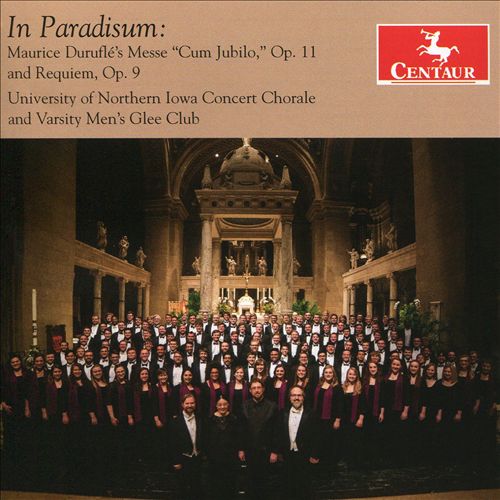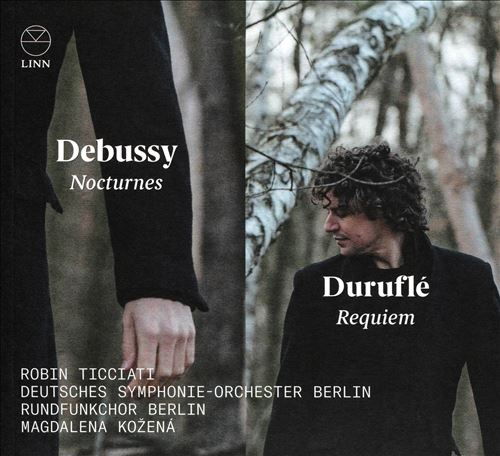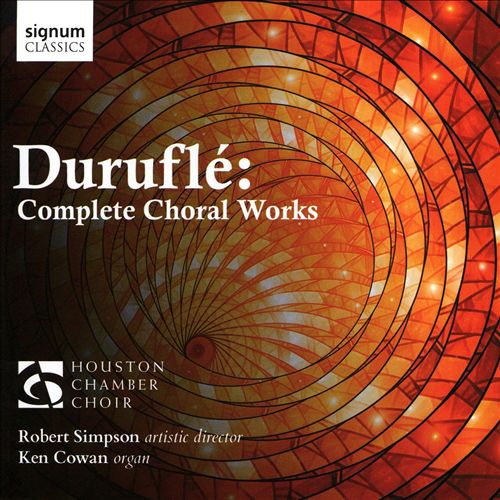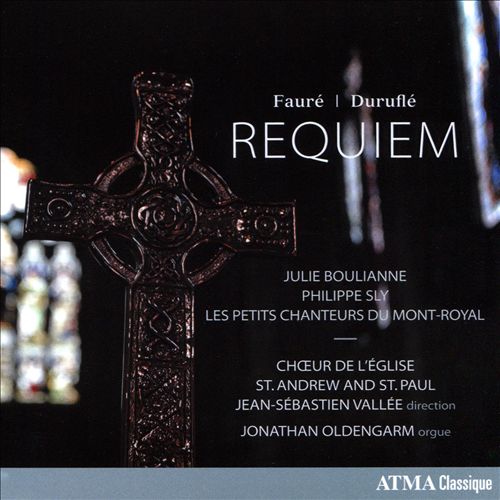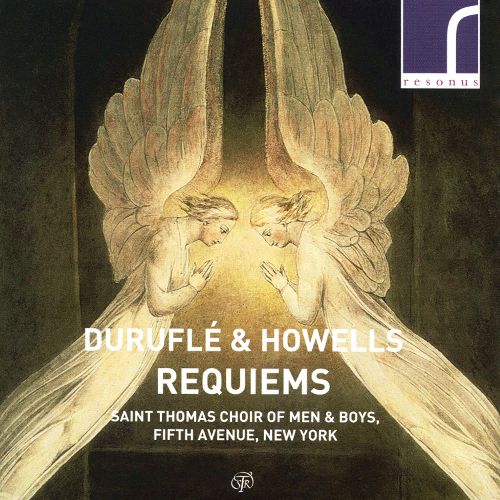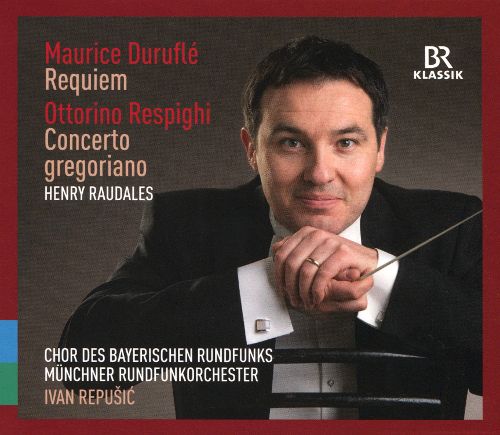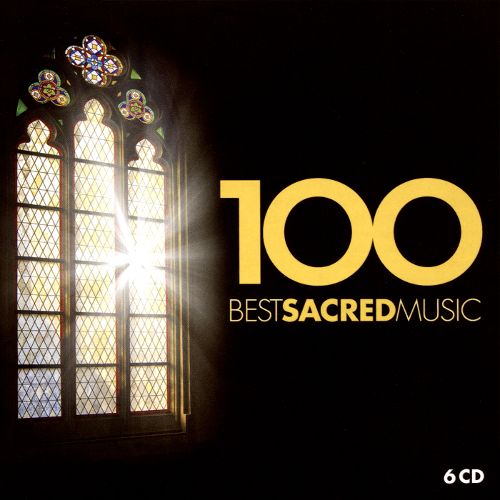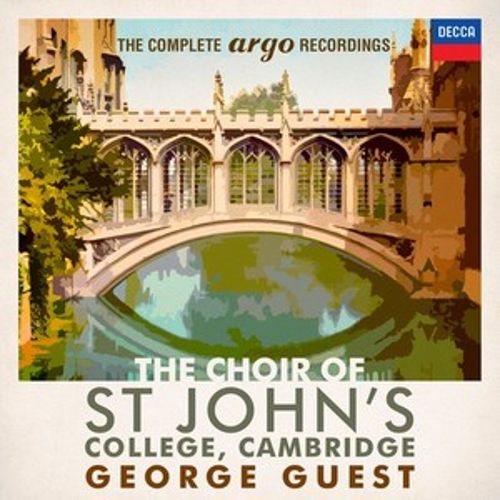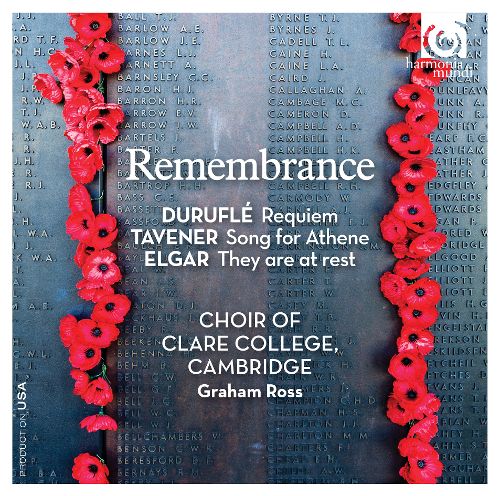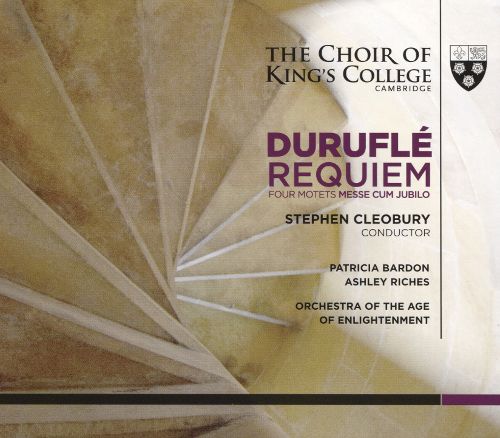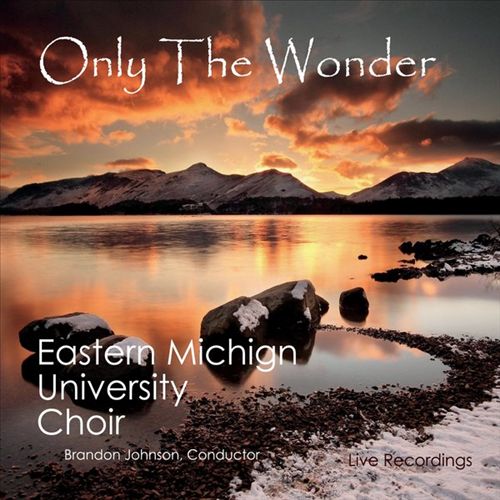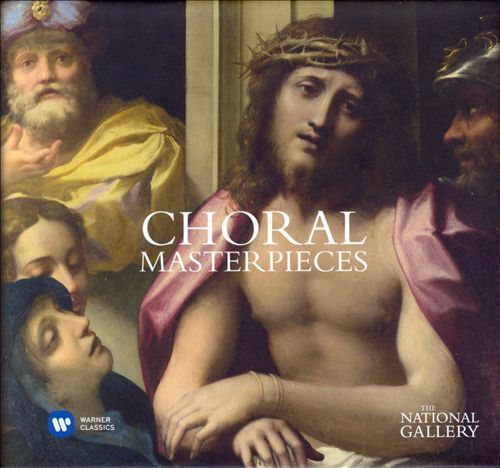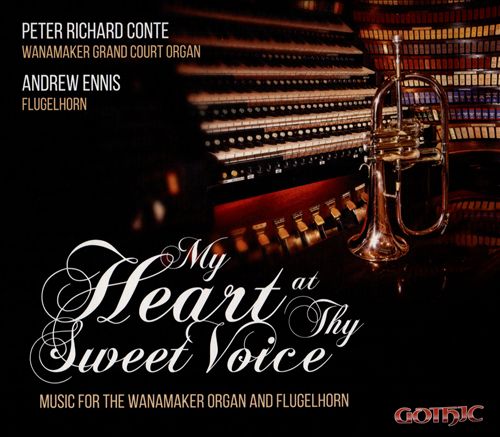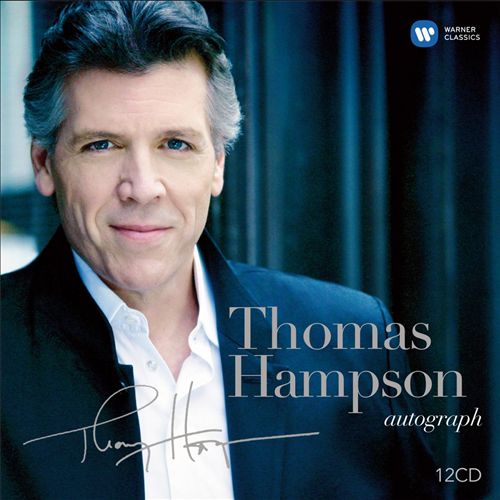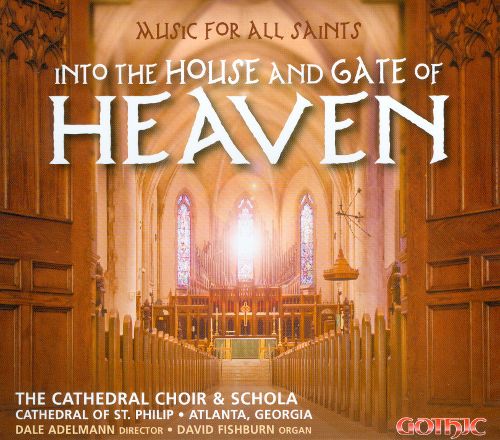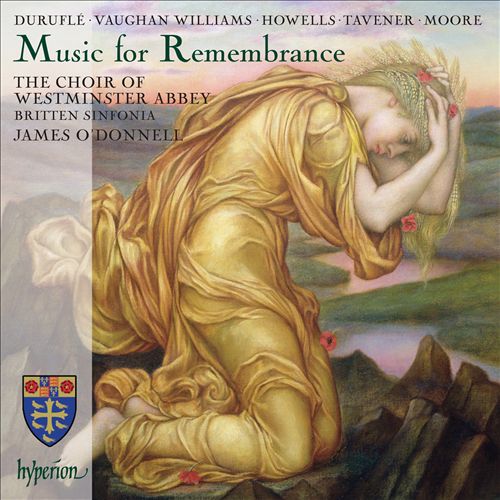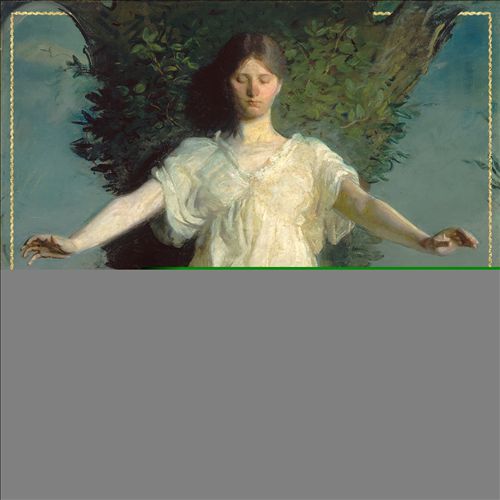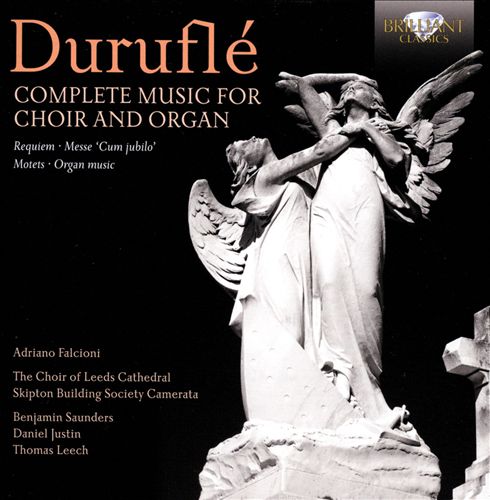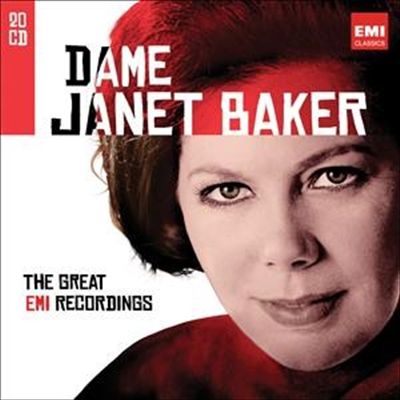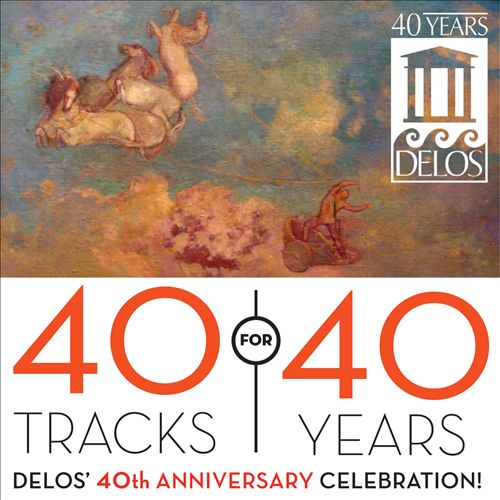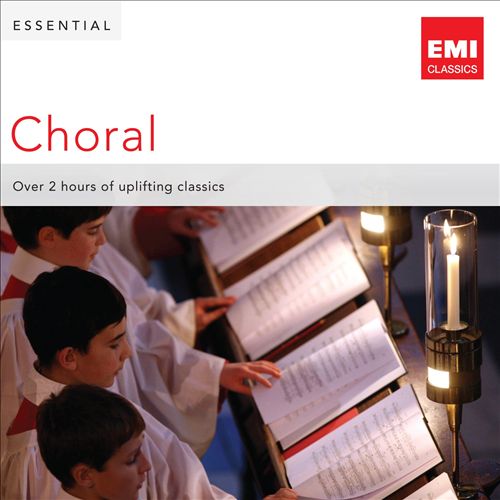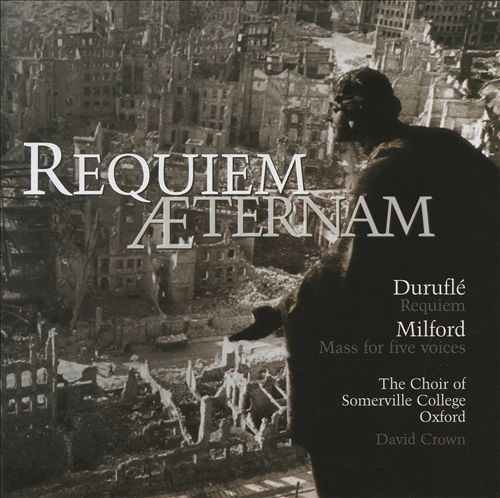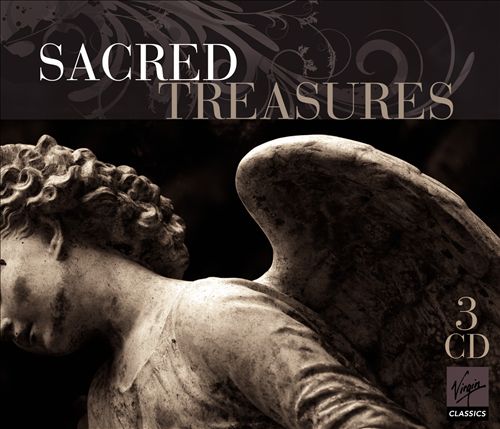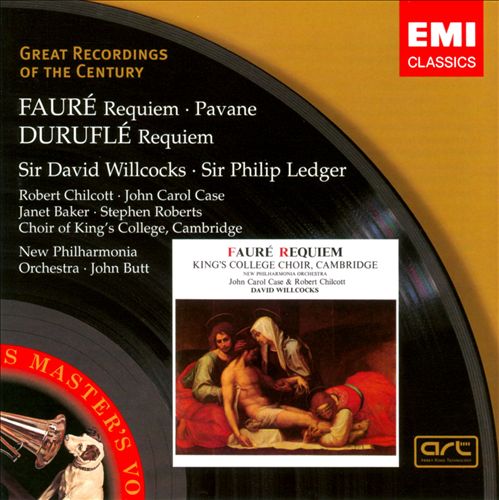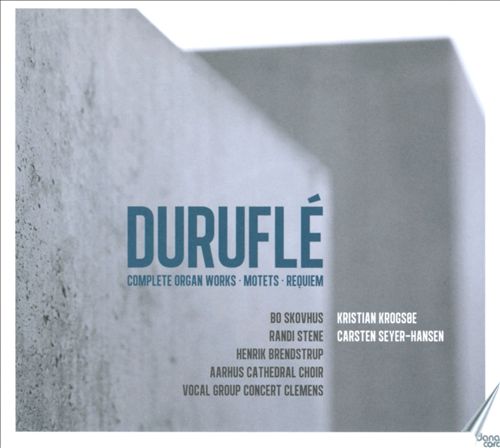Maurice Duruflé (모리스 뒤뤼플레)
Requiem, Op. 9 (3 versions)
100
10,000
1,400
WORK INFO
작곡가: Maurice Duruflé (모리스 뒤뤼플레)작곡년도: 1947평균연주: 39:36악장1Introit3:412Kyrie3:433Domine Jesu Christe8:284Sanctus3:175Pie Jesu3:416Agnus Dei3:527Lux Aeterna4:018Libera Me5:439In Paradisum3:07The Requiem, op. 9, by Maurice Duruflé was published in 1947 by the French music publisher Durand. Commissioned in 1941 by the collaborationist Vichy regime, Duruflé was still working on the piece at the time of the regime's collapse in 1944, and completed it in 1947, dedicating it to the memory of his father. The work is for SATB choir with mezzo-soprano and baritone soloists. It exists in three orchestrations: one for organ alone, one for organ with string orchestra and optional trumpets, harp and timpani, and one for organ and full orchestra. At the time of commission, Duruflé was working on an organ suite using themes from Gregorian chants. He incorporated his sketches for that work into the Requiem, which uses numerous themes from the Gregorian "Mass for the Dead." Nearly all the thematic material in the work comes from chant.
The work is set in nine movements. Like many requiems, Duruflé's omits the Gradual and the Tract. The Dies irae text, perhaps the most famous portion of the Requiem Mass, is not set. Duruflé's omission of this text and inclusion of others (Pie Jesu, Libera me, In Paradisum, from the burial service, mirroring Fauré), makes the composition calmer and more meditative than some other settings. In the full score, the fifth movement, Pie Jesu, has the only solo for the mezzo-soprano; in addition, even in the "organ-only" version of the Requiem, there is an obbligato cello solo. The baritone soloist has parts in the third movement, Domine Jesu Christe, and the penultimate movement, Libera me. Duruflé left indications in the score that, for the baritone soloist at least, it was preferable to have the choir sing the solos instead. This has resulted in various forces being used in different performances, some with both soloists, some with only the mezzo-soprano, and some (such as Robert Shaw's Telarc recording) using no soloists at all.From WIKIPEDIA
RELEASED ALBUMS
-
Peaceful Rest (Forever) [Warner Classics]November 1, 2024
-
Duruflé: Requiem; Poulenc: Lenten MotetsMarch 1, 2024
-
Duruflé: Reqieum - SanctusJanuary 26, 2024
-
Au service de la musique fran챌aiseSeptember 29, 2023
-
In Paradisum: Maurice Duruflé's messe Cum Jubilo, Op. 11 and Requiem, Op. 9September 20, 2019
-
Debussy: Nocturnes; Duruflé: RequiemSeptember 13, 2019
-
Duruflé: Complete Choral WorksApril 19, 2019
-
Fauré, Duruflé: RequiemNovember 2, 2018
-
A Simple SongNovember, 2018
-
Duruflé & Howells: RequiemsOctober 20, 2017
-
Maurice Duruflé: Requiem; Ottorino Respighi: Concerto gregorianoSeptember 15, 2017
-
100 Best Sacred MusicAugust 11, 2017
-
The Complete Argo RecordingsJune 23, 2017
-
RemembranceOctober 21, 2016
-
Duruflé: Requiem; Four Motets; Messe Cum JubiloSeptember 9, 2016
-
Only the WonderAugust 31, 2015
-
Choral MasterpiecesMay 12, 2015
-
My Heart at Thy Sweet Voice: Music for the Wanamaker Organ and FlugelhornMay 12, 2015
-
Thomas Hampson AutographApril 14, 2015
-
Into the House and Gate of Heaven: Music for All SaintsJanuary 13, 2015
-
Music for RemembranceOctober 14, 2014
-
Sacred Songs of HopeSeptember 17, 2013
-
Duruflé: Complete Music for Choir and OrganSeptember 9, 2013
-
The Great EMI RecordingsJune 3, 2013
-
40 Tracks for 40 Years: Delos' 40th Anniversary Celebration!April 30, 2013
-
Essential ChoralJanuary 14, 2013
-
Requiem AeternamSeptember 17, 2012
-
Sacred TreasuresSeptember 17, 2012
-
Fauré: Requiem; Pavane Duruflé; RequiemSeptember 3, 2012
-
Maurice Duruflé: Complete Organ Works; Motets; RequiemJune 18, 2012
FEATURED MOVIES
-
 43:32뒤뤼플레: Requiem, Op. 9 (3 versions)
43:32뒤뤼플레: Requiem, Op. 9 (3 versions)
WORKS SHOUTS


